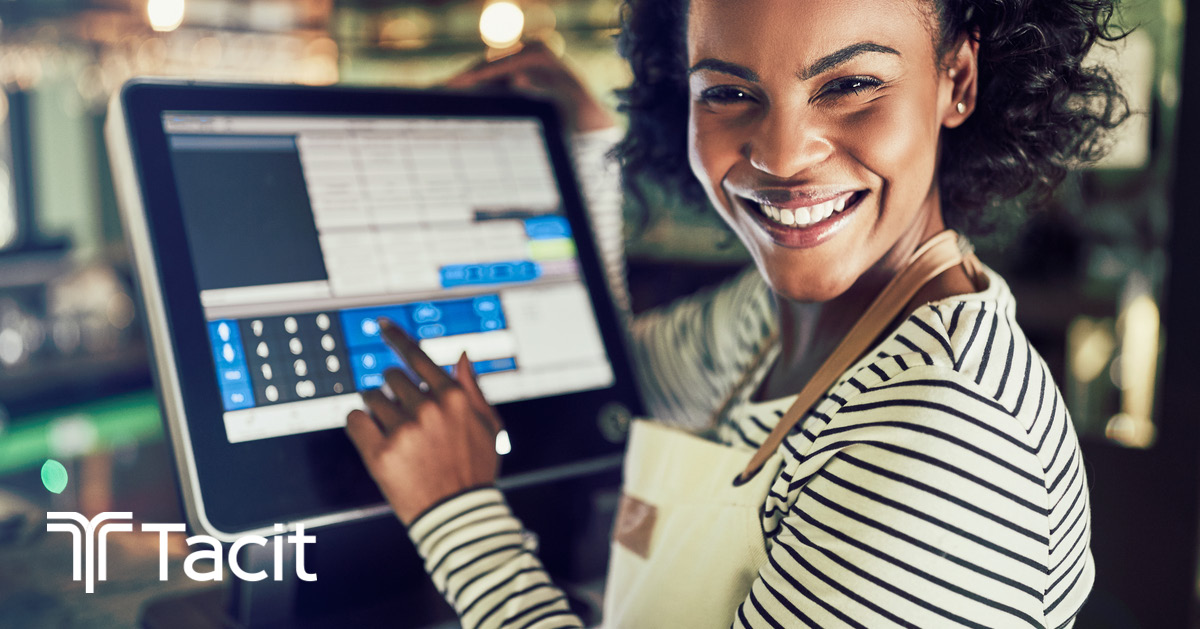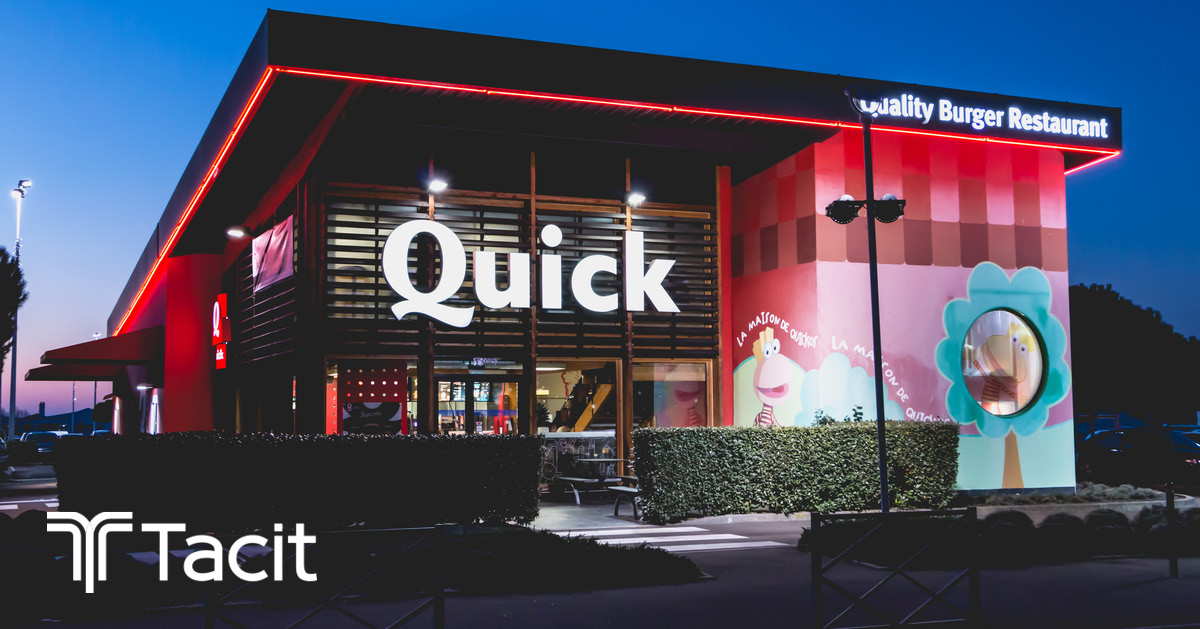29 Jul Hospitality Industry Begins Contactless Food Ordering in the (Post) COVID era
Contactless food ordering is the new normal in today’s restaurant landscape. Physical distancing and minimal physical contact are the best options to reduce the spread of viruses. Meanwhile, the primary ways in which society operates have changed. More people freely on telecommuting to work from...










